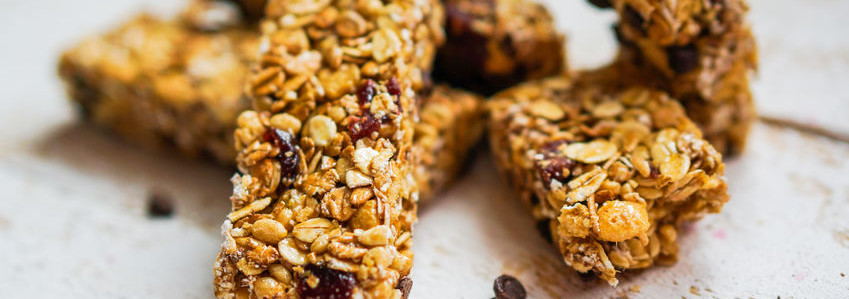
Consumers aren’t looking for just healthy food. They want food that tastes good too! So as a baker, it’s up to you to find ingredients (or a combination of ingredients) that can deliver on both.
One solution for dietary fiber: oat hulls
These are a valuable component of the oat grain and constitute about 30% of its weight. Compared to wheat (42-47% fiber) and corn (62%), oats have very high fiber content (85-90%) with the hull made up of 86% dietary fiber.
What else does it do in baked goods?
- Reduce caloric value
- Provide desirable textural properties
- Be used in gluten-free formulations (depending on the production process)
Oat hull fiber works in a number of products from snacks to breads to cakes. It can modulate water-activity and improve water and oil absorption, as well as enhance texture and reduce breakage. And due to its high water binding capacity, oat hull fiber can increase batter viscosity and consistency.

